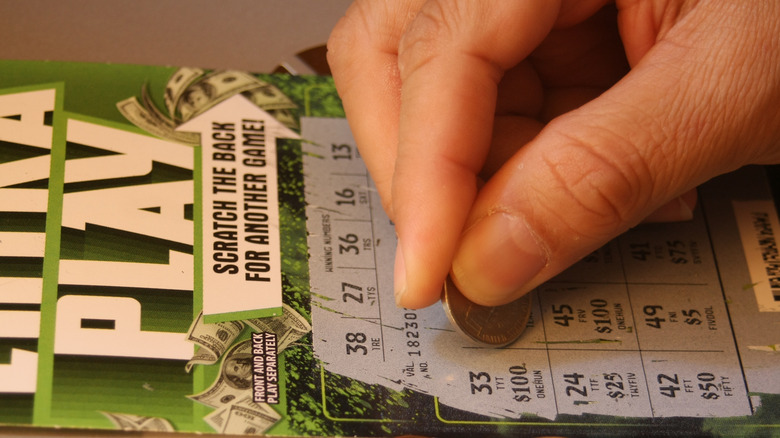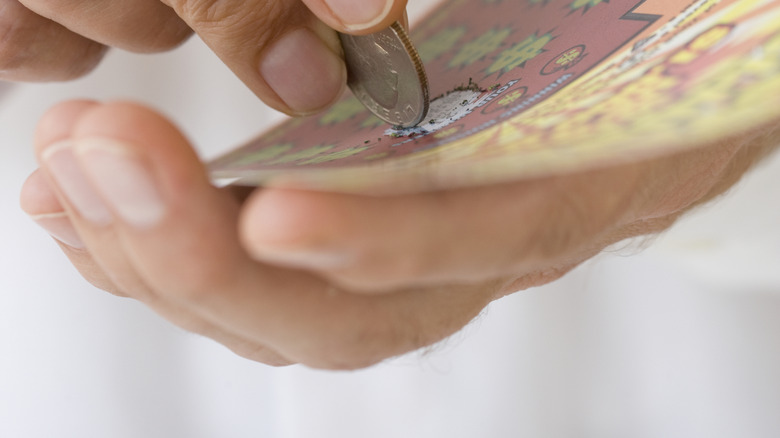What Is The 'Singleton Method' And Can It Help You Win Scratch-Off Lottery Tickets?
The Singleton Method is a clever trick to possibly win lottery tickets by spotting certain number patterns. Most scratch-off tickets have a mix of numbers and symbols; some are hidden, and some you can see right away. Often, the numbers you can see show patterns that tell you which tickets might be winners. Players can increase their chances of picking a winning ticket by looking closely at these numbers. Even though lottery companies have changed scratch card designs to make them less predictable, knowing about the Singleton Method still teaches you a lot about how scratch-off games work.
Lotteries keep updating their systems to close up weaknesses and keep things fair, but some players think that by studying the numbers you can see and not just picking randomly, they can make smarter choices. In this article, we'll take a closer look at the Singleton Method to understand how it started, if it still works today, and what downsides players should think about before using this strategy.
How the Singleton Method works
Statistician Mohan Srivastava cracked the code of scratch cards which he dubbed the Singleton Method. He figured out that scratch-off lottery games might not be as random as they seem. Srivastava noticed that the winning tickets often had "singletons;" numbers that show up just once on the part of the ticket you can see. By scouting these unique numbers, he realized you could actually spot a winner hiding among the duds.
In practice, take a scratch-off ticket with these visible numbers: 5, 8, 5, 3, 8, 7, 2, 3, 9. Notice how the numbers 7 and 2 each pop up only once? That's your cue. This strategy worked best with older scratch-off games or ones using an outdated algorithm that hasn't scrubbed away predictability such as bingo and crossword tickets, traditional scratch-off tickets, or classic lotto tickets
Trying out the Singleton Method did not guarantee you'll hit the jackpot but rather a way to increase odds by finding which lottery tickets might win. Think of it as a fun guessing game, where you spot numbers that pop up just once. Keep in mind, though, it's still a game of luck and while it didn't ensure a win, it could give your game a little edge.
Are there limitations in the Singleton Method?
The Singleton Method used to work because scratch-off games had patterns that were easy to spot. But as more people learned about this trick, lottery companies made changes. Now, scratch cards are mixed up — computers make the shuffle — making it hard to find any clear patterns just by looking. Unlike just scratching and hoping for the best, the Singleton Method takes a lot more time because you have to check out several tickets before you decide to buy one. But this isn't always doable, especially since many shops won't let you look over the scratch cards closely before you buy them.
Even when you can spot singletons and become hopeful about your game, there are other things like different game rules and changes by the people who make the cards that can quickly ruin the chances of winning. Using patterns to pick tickets like this will not get you arrested, but lottery companies don't like it when people try to outsmart the game. Sometimes, people who use tricks to win get a lot of unwanted attention, especially if they win way more than usual. In a nutshell, the Singleton Method exposed a flaw in early scratch-off games, but it's not very useful today. You can increase your odds, however, if you follow the 70 Percent Rule by lottery expert, Gail Howard.


